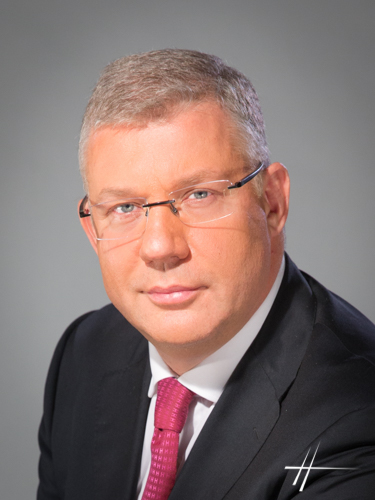
Healthcare facility managers and decision makers have a lot of responsibility in determining the best avenues for patient care. In addition to that, they are constantly bombarded with new technologies and processes purporting to make their facilities and care more efficient. Of greater interest, however, is the quality of care delivered to patients. For facilities providing physical therapy – especially to seniors – this is of vital importance.
Demand for physical therapy
About 15 million people throughout the world are diagnosed with stroke each year. In the United States, stroke is the third leading cause of death and for those fortunate enough to survive, it is the number one cause of long-term disability. Almost 75% of all strokes occur in seniors aged 65 and up. As a result, there is a tremendous demand for physical therapy and rehabilitation among seniors.
One common post-stroke symptom is the loss of motor skills on one side of the body, making it difficult for stroke survivors to walk or complete other tasks that were once routine, like getting dressed each morning, feeding independently, or shaking hands with a friend. To restore this function, patients turn to physical therapy and rehabilitation.
Rehabilitation has historically relied on human therapists to help patients regain balance and strength using a series of exercises, stretches and functional retraining tasks. This approach can be effective for some patients, with observational studies indicating the completion of 32 to 80 upper limb movements per one-hour session.
Nonetheless, neuroscience research indicates that relearning movement and restoration of function requires a much higher level of intensity, repetition and active patient engagement than what most conventional therapy models can provide. Studies investigating rehabilitation robotics for the recovery of the upper-limb for senior stroke survivors have shown promising results for enhancing therapy outcomes. The first clinical study on robotics following stroke in 1997 showed significant improvements in active movement of the upper limb when compared to individuals receiving usual care. This recovery was not only sustained but continued to improve even three years after completing therapy for stroke survivors who received robotic therapy, compared to conventional rehabilitation.
Another multi-site robotics study conducted by the Veterans Administration in 2010 showed that intensive robotic therapy led to significant improvements in active movement and functional use of the upper limb, quality of life, and a 34% reduction in healthcare costs over 36 weeks when compared to stroke survivors receiving usual care.
How AI and robotics improve care
To optimize patient care, human therapists require help to implement evidence-based therapy while they help patients recover. This help can come in the form of robotic physical therapy systems powered by artificial intelligence. While these may seem like buzz words tossed around in a number of fields, their impact in medicine — particularly in physical therapy for seniors and stroke survivors — is both quantifiable and profound.
Most notably, robotic physical therapy systems are able to more accurately detect movements during therapy sessions and provide individualized assistance as needed. This results in approximately 600 to 1,000 recorded movements per session – much more than the 32 to 80 physical therapy movements with only human therapists. This progress is incredibly valuable on a human level since so many people rely on this therapy to restore bodily functions each year.
Payment models make robots more attractive
On top of being valuable to each patient, this kind of increased efficiency is financially valuable to care facilities. Value-based payment models continue becoming more and more common, making it crucial for care providers to rethink their therapy plan for each patient. It is becoming less and less in caregivers’ best interest to drag out treatment, as they are now rewarded for delivering a high quality of care rather than care that takes more time. When your revenue is more directly tied to your quality of care, higher movement frequency becomes very difficult to ignore. According to Deloitte Consulting, value-based payment models have the potential to upend traditional patient care and business models. While some healthcare organizations hesitate, others are actively preparing for the transition to value-based care.
How Can We Help Adoption?
The benefits of robotics in physical therapy — already tangible and expected to become increasingly visible financially as payment models evolve — are attention-grabbing, but rapid change may intimidate patients. Seniors may be particularly cautious when the change is driven by technology that has only existed for small periods of their lives. However, they have nothing to fear from proper implementation of this technology, so providers must alleviate patients’ concerns and misconceptions of robotics, and explain that robotics can be used as a tool to optimize and enhance therapy outcomes.
The role of humans in physical therapy is still crucial, as undiminished is the bond that develops between caregivers and patients. Treatment can be emotional, especially when it involves working tirelessly to restore temporarily lost physical abilities and functions. It is in the best interest of all parties involved, though, for physical therapy to be as efficient as possible. Robotics and artificial intelligence can make physical therapy far more efficient and the onus is on caregivers to ensure the technology finds its way into therapy.
Eric Dusseux, M.D., is chief executive officer of BIONIK Laboratories, a robotics company focused on providing rehabilitation and mobility solutions to individuals with neurological and mobility challenges.





